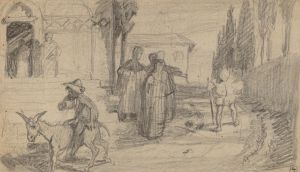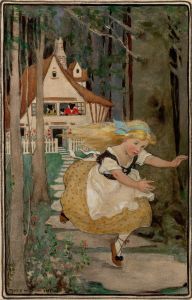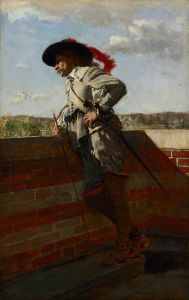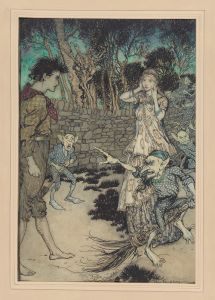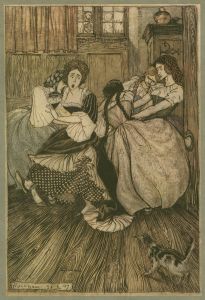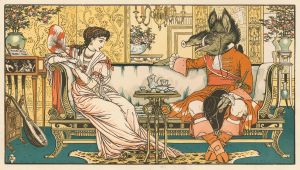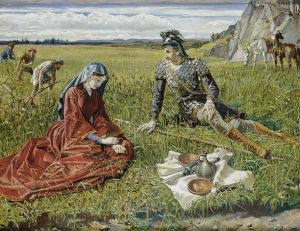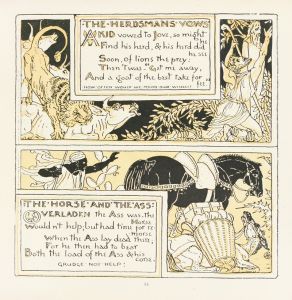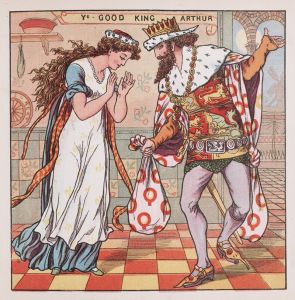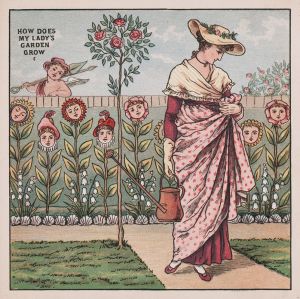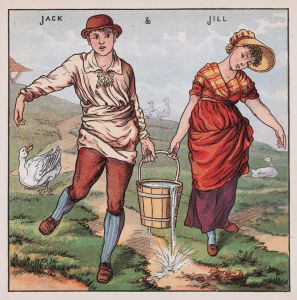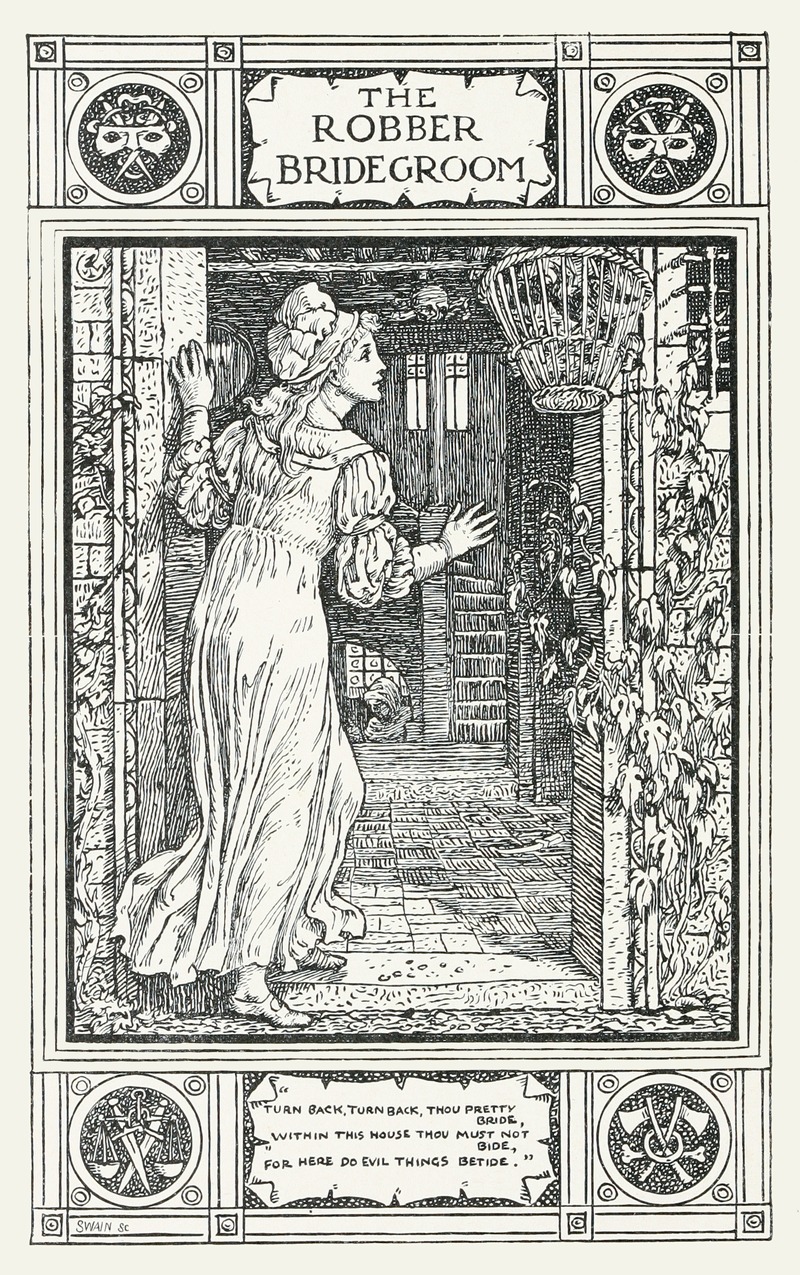
The Robber Bridegroom
A hand-painted replica of Walter Crane’s masterpiece The Robber Bridegroom, meticulously crafted by professional artists to capture the true essence of the original. Each piece is created with museum-quality canvas and rare mineral pigments, carefully painted by experienced artists with delicate brushstrokes and rich, layered colors to perfectly recreate the texture of the original artwork. Unlike machine-printed reproductions, this hand-painted version brings the painting to life, infused with the artist’s emotions and skill in every stroke. Whether for personal collection or home decoration, it instantly elevates the artistic atmosphere of any space.
Walter Crane was a prominent English artist and book illustrator, known for his contributions to the Arts and Crafts movement and his innovative approach to children's book illustrations. One of his notable works is "The Robber Bridegroom," an illustration that showcases his distinctive style and artistic philosophy.
Walter Crane was born on August 15, 1845, in Liverpool, England. He was the second son of Thomas Crane, a portrait painter and miniaturist. Crane's early exposure to art came from his father, and he later apprenticed with the wood-engraver William James Linton. This apprenticeship significantly influenced his development as an illustrator, providing him with technical skills and an appreciation for the integration of text and image.
Crane's work is often associated with the Aesthetic Movement and the Arts and Crafts Movement, both of which emphasized the importance of beauty and craftsmanship in art. He was a contemporary of William Morris, and the two shared similar ideals about the role of art in society. Crane believed that art should be accessible to all and that it should enhance everyday life.
"The Robber Bridegroom" is an illustration based on a fairy tale of the same name, which is one of the darker tales collected by the Brothers Grimm. The story revolves around a young woman who is betrothed to a man she does not love. She discovers that he is a robber and a murderer, and with the help of an old woman, she manages to escape and expose his crimes.
Crane's illustration of "The Robber Bridegroom" is a testament to his skill in combining narrative and visual elements. His work often featured intricate details, vibrant colors, and a sense of movement, all of which are evident in this piece. Crane had a unique ability to convey the mood and themes of a story through his illustrations, making them an integral part of the storytelling process.
Throughout his career, Crane was known for his ability to adapt his style to suit the narrative he was illustrating. His work on "The Robber Bridegroom" is no exception, as it captures the suspense and drama of the tale. Crane's illustrations were not merely decorative; they were an essential component of the narrative, providing readers with visual cues and enhancing their understanding of the story.
In addition to his work as an illustrator, Crane was also an accomplished painter and designer. He was involved in various artistic endeavors, including wallpaper design, textile design, and ceramics. His versatility as an artist and his commitment to the principles of the Arts and Crafts Movement made him a significant figure in the art world of his time.
Walter Crane's legacy as an illustrator and artist continues to be celebrated today. His work on "The Robber Bridegroom" and other illustrations has left a lasting impact on the field of children's literature and book illustration. Crane's dedication to beauty, craftsmanship, and storytelling has ensured that his work remains relevant and appreciated by audiences around the world.





